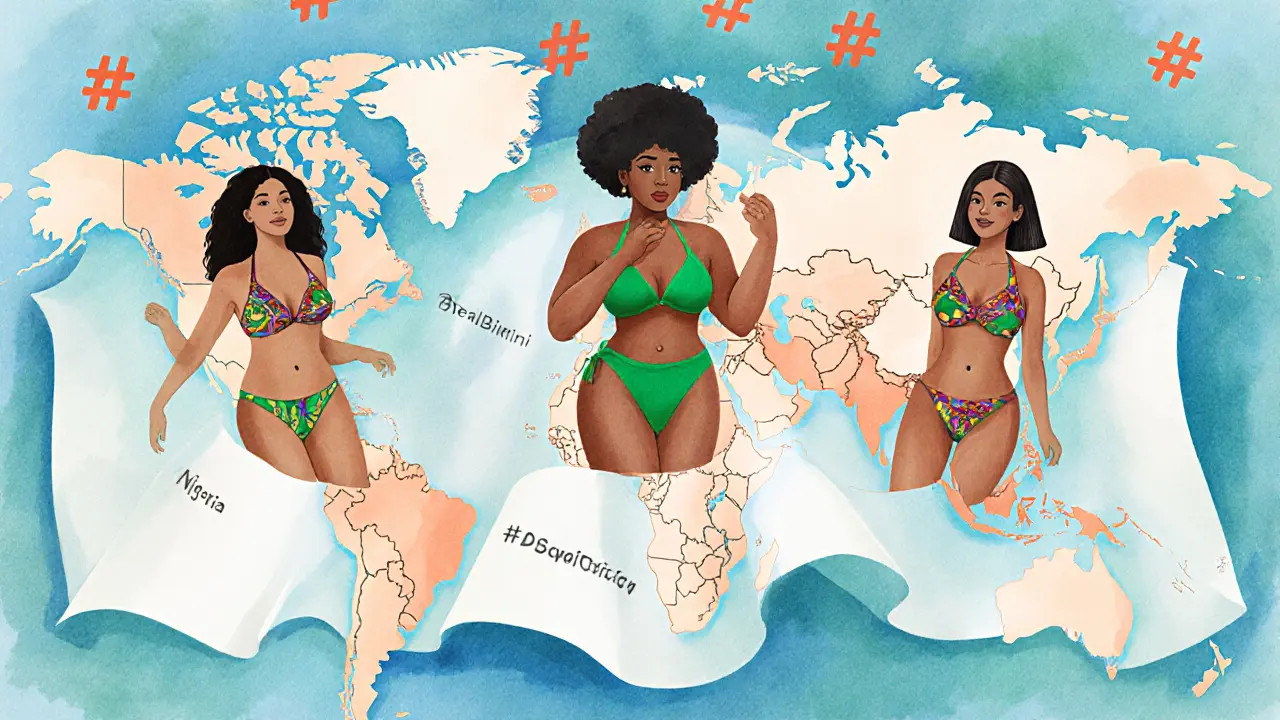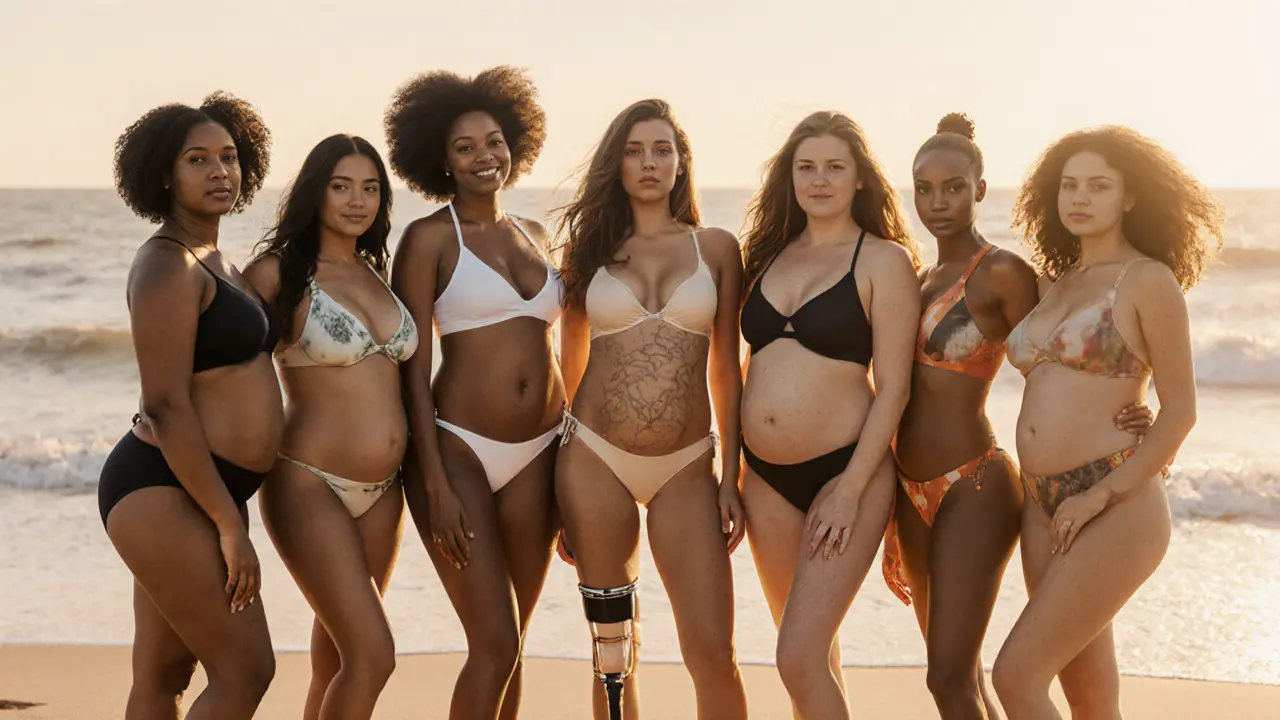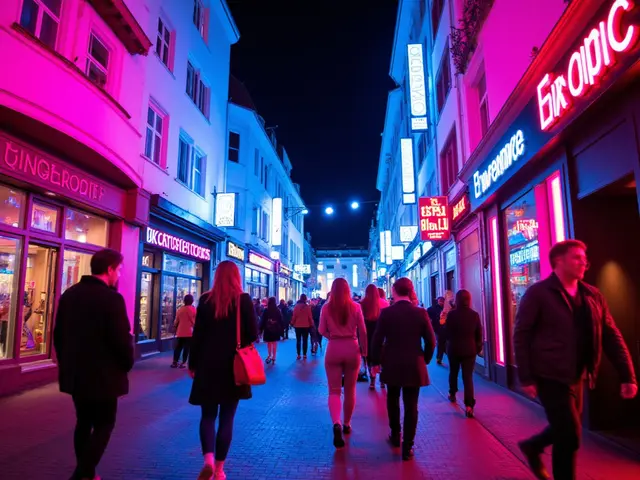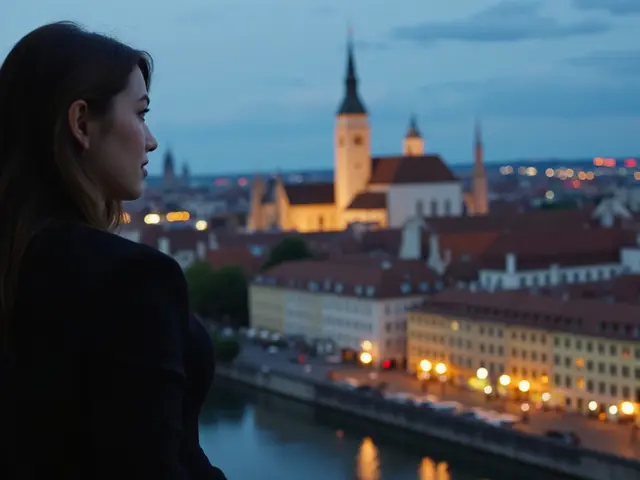You’ve seen them on billboards, Instagram feeds, and magazine covers-bikini models with toned abs, sun-kissed skin, and effortless confidence. But what’s really going on behind those smiles? Is this just another trend in fashion, or is something deeper shifting in how we see beauty?
What Are Bikini Models Really About?
Bikini models aren’t just people who wear swimsuits for photos. They’re part of a broader movement redefining what physical attractiveness means in the 2020s. Gone are the days when only one body type ruled the runway. Today’s bikini models come in all shapes: curvy, athletic, tall, petite, with stretch marks, scars, and cellulite. Brands like Savage X Fenty, Aerie, and even Sports Illustrated have shifted away from airbrushed perfection to celebrate real bodies.
It’s not about being skinny anymore. It’s about strength, health, and self-acceptance. Many bikini models train like athletes-lifting weights, doing HIIT, eating balanced meals-not to look like a fantasy, but to feel powerful. One model, Lena Ruiz, told Fit & Healthy Magazine in 2024, “I don’t pose for the camera. I pose for myself. If someone else feels seen because of it, that’s a bonus.”
Why This Wave Is Different
Before 2020, bikini modeling was mostly about selling products: sunscreen, tanning oil, luxury resorts. Now, it’s about selling a mindset. Social media gave everyday people a voice. When influencers started posting unedited photos with captions like “This is my body after two kids,” or “I gained 30 pounds and still love how I look,” the industry had to respond.
Instagram algorithms started favoring authenticity over polish. Brands noticed. Sales data from the 2024 Global Swimwear Report showed that swimwear lines featuring diverse body types saw a 42% increase in engagement compared to traditional “perfect body” campaigns. Consumers aren’t just buying swimsuits-they’re buying identity.
And it’s not just Western countries. In Brazil, India, and Nigeria, bikini modeling has exploded-not because of Western influence, but because local women are reclaiming their right to be seen in swimwear without shame. In Lagos, the “Bikini Fest” now draws over 10,000 attendees annually. It’s not a beauty pageant. It’s a celebration of freedom.
The Real Benefits of This Movement
When you see a bikini model who looks like you, something changes inside. Studies from the University of Toronto in 2023 found that young women who regularly followed body-positive bikini influencers reported a 31% increase in self-esteem over six months. Not because they wanted to look like them-but because they realized they didn’t have to.
For teens struggling with body image, seeing a model with stretch marks from pregnancy or a model with a prosthetic leg in a two-piece isn’t just inspiring-it’s healing. It tells them: your body isn’t broken. It’s valid.
Even older women are joining in. The average age of bikini models signed with major agencies jumped from 22 in 2018 to 29 in 2025. Some are mothers, some are cancer survivors, some are former athletes. Their stories aren’t just photogenic-they’re powerful.
Types of Bikini Models Today
Not all bikini models are the same. Here’s how the landscape breaks down now:
- Fitness Models - Lean, muscular, often compete in bodybuilding or fitness competitions. They wear sporty bikinis and emphasize strength.
- Curvy Models - Sizes 12-22, with fuller hips, thighs, and busts. They challenge the myth that bikini = thin.
- Maternity Models - Pregnant women posing in swimwear. Brands like Swimsuits For All now feature them in every campaign.
- Disabled Models - Women with limb differences, paralysis, or chronic conditions modeling adaptive swimwear.
- Ethnic & Cultural Models - From Afro-Latina to South Asian to Indigenous women, representation is no longer an afterthought.
The old category of “bikini model” is splitting into dozens of subcategories. And that’s a good thing. It means there’s room for everyone.

How to Find Real Bikini Models (Not Just Filters)
So how do you find models who aren’t just filtered and Photoshopped? Start by following hashtags like #BodyPositivity, #RealBikini, #CurvySwimwear, or #DisabilityInFashion. Look for accounts that post unedited side-by-sides or behind-the-scenes clips showing makeup removal, sweat, or stretch marks.
Agencies like The Diverse Model Agency (based in New York) and BodyGlow Models (London) specialize in non-traditional beauty. They don’t require a size 0. They don’t require a perfect waist-to-hip ratio. They require confidence and authenticity.
And if you’re looking to support them-buy from brands that feature these models. Check the “About Us” page of swimwear brands. If they mention diversity, inclusion, or real bodies, they’re likely walking the talk.
What to Expect When You See a Bikini Model Shoot
Behind every viral bikini photo is hours of work-and often, vulnerability. Shoots aren’t always on tropical beaches. Many happen in studios, on rooftops, or even in public parks with permission. Lighting matters, yes-but so does trust. Models often work with photographers who’ve signed ethical agreements: no retouching body parts without consent.
Some shoots include interviews or short videos where models talk about their journey. One shoot in Miami featured a model who lost her breast to cancer. The photo showed her in a bandeau bikini, scar visible, smiling. The caption read: “I didn’t need to be fixed. I needed to be seen.”
That’s the difference now. It’s not just about looking good. It’s about being real.
Pricing and How It Works
Most bikini models aren’t paid millions. In fact, the average freelance bikini model earns between $300-$1,200 per shoot, depending on experience, location, and brand size. Top-tier influencers might make $5,000+ for a single campaign, but those are rare.
Many start by doing trade-for-content (TFC) shoots-exchanging photos for portfolio building. That’s fine if you’re starting out. But ethical brands now pay at least minimum wage, even for TFC. If a brand asks you to work for “exposure,” walk away. Exposure doesn’t pay rent.
Booking is usually done through agencies, Instagram DMs, or platforms like ModelMayhem. Always check reviews, ask for past client references, and never sign a contract without reading the usage rights. Some brands want to use your image forever. That’s not okay unless you’re paid accordingly.

Safety First
It’s not all sunshine and bikinis. The industry still has predators. Some photographers demand nude shots under the guise of “art.” Others pressure models into sexualized poses. That’s not modeling-it’s exploitation.
Here’s how to stay safe:
- Always bring a friend to shoots, even if it’s just to wait in the car.
- Use a studio or public location, never private homes.
- Keep your contract in writing. No verbal promises.
- Use a water mark on your images until payment clears.
- If something feels off, trust your gut. You have the right to say no.
Organizations like the Model Alliance and the International Model Association now offer free legal advice and safety hotlines for models. Use them.
Bikini Models vs. Traditional Fashion Models
| Aspect | Bikini Models | Traditional Fashion Models |
|---|---|---|
| Body Type | Varied: curvy, athletic, plus-size, disabled | Typically tall, slim, narrow hips |
| Primary Goal | Body positivity, self-expression | Sell clothing, maintain runway aesthetic |
| Editing Standards | Minimal retouching; scars and stretch marks often left | Heavy editing; body shape often altered |
| Age Range | 18-45+ | 16-24 (mostly) |
| Brand Partnerships | Swimwear, fitness gear, body care | Luxury fashion, haute couture |
| Public Perception | Seen as empowering and authentic | Seen as outdated or exclusionary |
Frequently Asked Questions
Are bikini models still objectified?
Some still are-but the new wave is changing that. Today’s models often control their own narratives. They choose the poses, the outfits, and the captions. Many refuse to work with brands that sexualize them. The difference is agency. It’s not about being naked-it’s about being in charge.
Do you have to be fit to be a bikini model?
No. Fitness is not a requirement. What matters is confidence and comfort in your skin. Many bikini models don’t work out daily. Some have chronic illnesses. Others are recovering from surgery. The movement isn’t about perfection-it’s about presence.
Is this just a trend that will fade?
It’s not a trend. It’s a cultural shift. Gen Z and Alpha audiences won’t go back to unrealistic standards. Brands that cling to the old model are losing market share. This is the new normal-and it’s here to stay.
Can men be bikini models too?
Absolutely. The term “bikini model” is gendered, but the movement isn’t. Men are increasingly modeling swimwear in inclusive campaigns, especially in brands focused on body neutrality. It’s less about gender and more about breaking the idea that only one body type deserves to be seen.
How can I support this movement?
Follow diverse models on social media. Buy from brands that feature them. Call out brands that still use only one body type. Share stories that make you feel seen. You don’t need to be a model to be part of this change.
Final Thought
The bikini isn’t just fabric. It’s a symbol. For decades, it was used to sell an impossible ideal. Now, it’s being reclaimed as a tool of empowerment. Whether you’re a model, a viewer, or someone who once felt too big, too small, too different to wear one-this wave is for you. You don’t need permission to be seen. You just need to show up.





